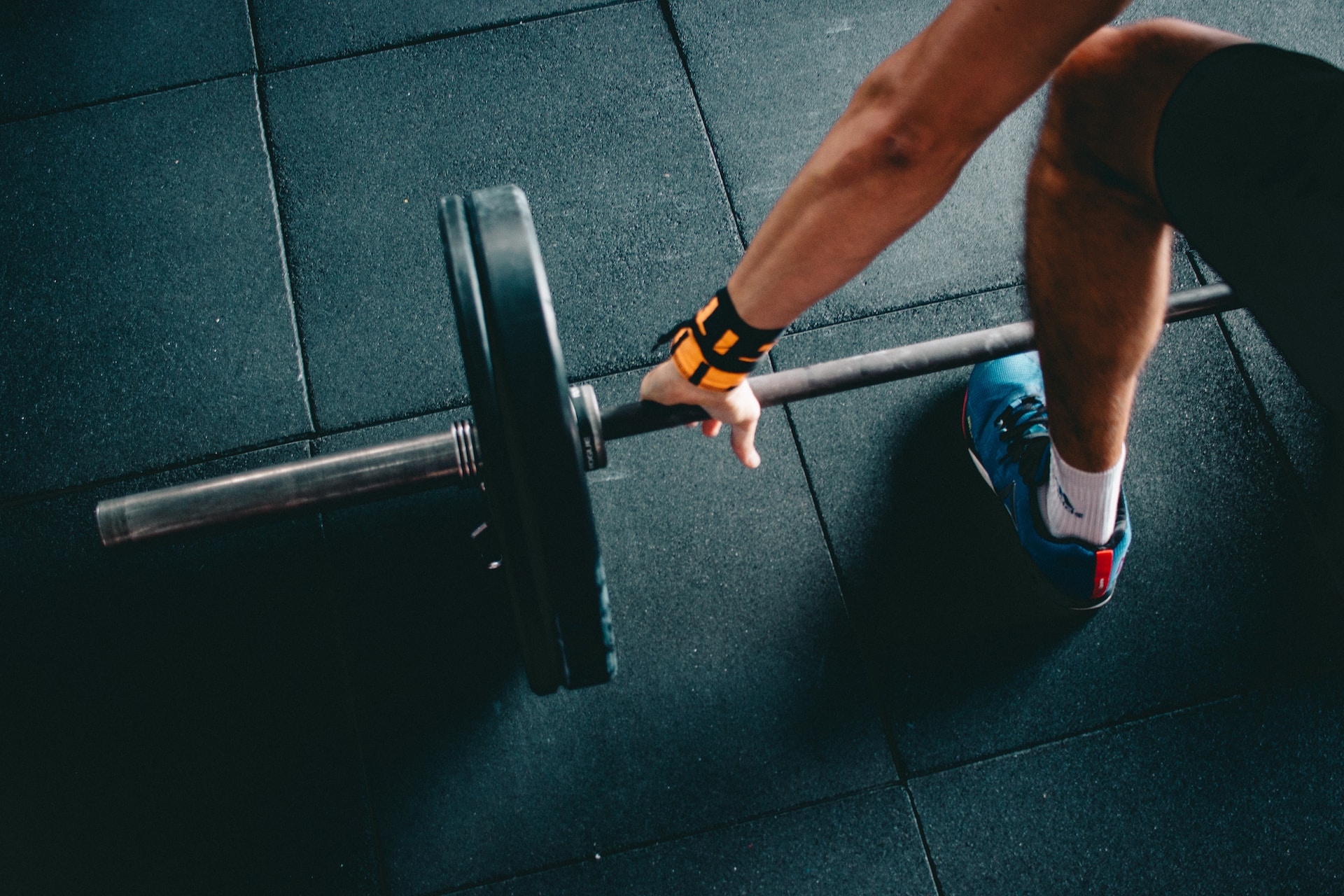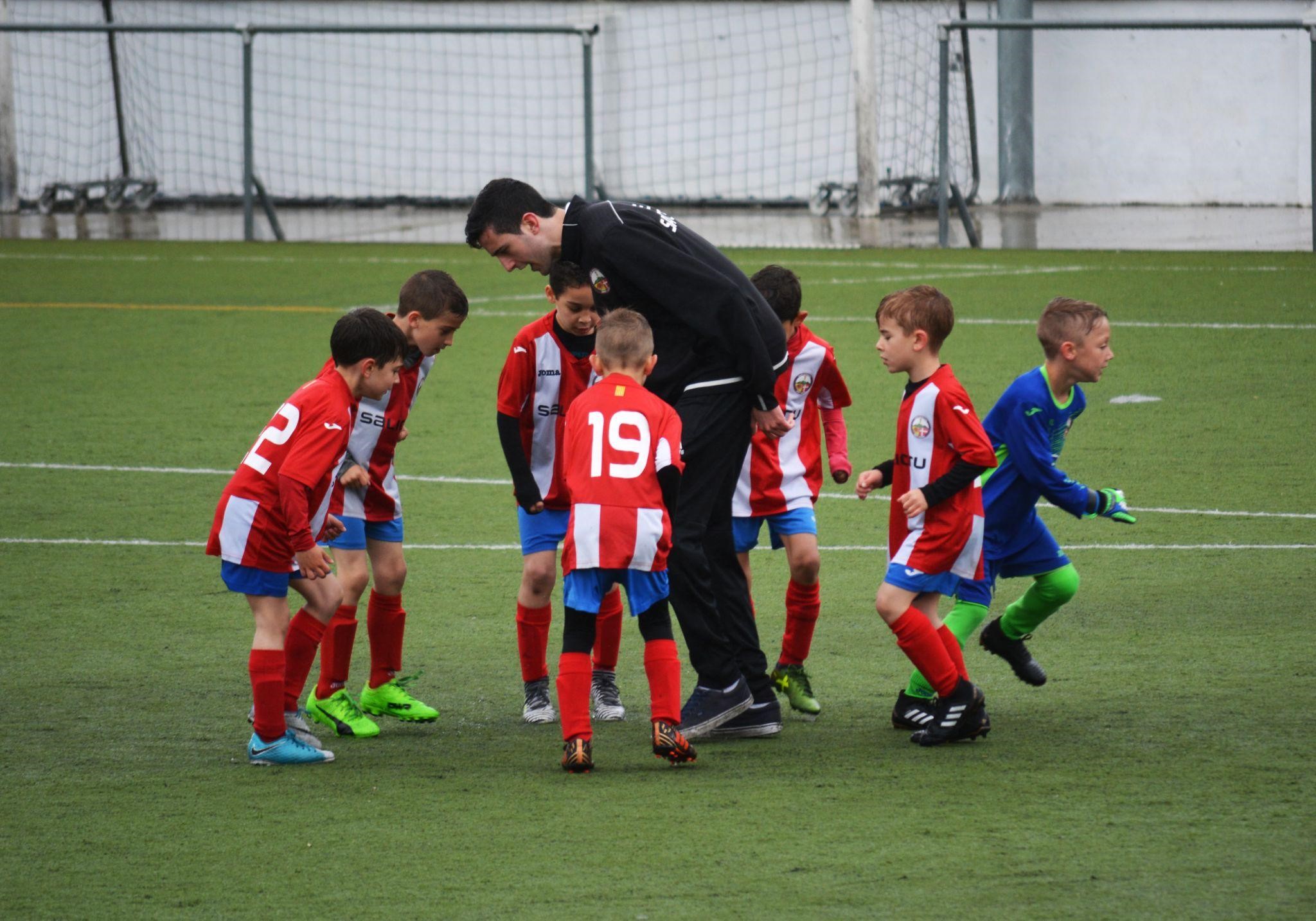What training methods are available to increase running speed
- Increase the regularity of exercise. Running is a cyclical sport in which progress is directly related to the continuity of the training process. The more, longer and without long breaks you run, the more adaptations you manage to achieve in the body: the cardiovascular system develops; muscles, ligaments and tendons adapt to the impact load; running efficiency increases. All this leads to the fact that the speed of running begins to gradually increase.
- Improve running technique. Often even advanced runners have flaws in technique which, if eliminated, could significantly improve running economy and speed. This is where an experienced outsider’s eye can help, so if you intend to improve your results, don’t spare the money for a coach.
- Add strength training to the plan. Many novice runners think that just running is enough to increase speed. But that’s really not the case. Running is actually an alternation of hopping from foot to foot, and with each landing and pushback, the entire body weight rests on just one foot. Strength training with weights and in machines, squats on two and one leg allow you to increase muscle strength, which will allow you to raise your running speed over time.
- Add plyometric training. Plyometrics are special jumping workouts that allow you to increase your absolute and explosive muscle strength – maximum strength in a single weight lifting and maximum effort in a short period of time. Improving these metrics will ultimately allow you to run faster over both short and long distances.
- Shorten the main distance. Often even professional athletes use the off-season and preparation period to train and start at shorter distances. For example, marathon runners may run 5k and 10k. Shifting your focus to shorter distances allows you to increase your training speed and muscle strength. This gained speed can then be carried over to the main distance.
A set of speed-boosting exercises for runners of all distances
Plyometric exercises are good because they have a positive effect on all runners – sprinters (running 30 to 400 meters with and without hurdles), middle distance runners (600 to 3,000 meters including hurdles), and stayers (over 3,000 meters).
Jimson Lee, a former Canadian professional sprinter, now a competitive Masters athlete (over 35 years old) and certified track and field coach, offers a list of the best plyometric exercises for runners:
- Leg to leg jumps on the spot.
- One-legged jumps over cones or other low obstacles spaced one meter apart.
- Perform jumps with a short run or from a place:
from foot to foot with a step forward;
two jumps on the left foot/two jumps on the right foot;
three jumps on the left foot/three jumps on the right foot;
jumps on the left foot only;
jumps on the right foot only.
- Distance jumps:
from a short run (10 meters) perform five jumps in a row (from foot to foot) to the furthest distance possible;
ten jumps in a row from a place (leg over leg) to the furthest distance.
- Seat jumps:
single jump from a place into a pit with sand or on a soft surface;
Triple jump from place (foot to foot) into a pit with sand or on a soft surface;
frog jumping – 5 jumps in a row.
- In the gym:
jumping off a box or platform;
jumping on a box;
vertical jump test – jumping out to the maximum height from a place or a short run-up.
- Jumping over barriers (if barriers are available).
- Jumping up steps (if available and wide steps).
Plyometrics should only be performed after all injuries are healed.
Plyometrics should not replace strength training. It is necessary to do both.
Before starting plyometrics, Jimson recommends working out in the gym with weights. Your knees, back and hips should be prepared for the impact load that occurs during jumping exercises.
If possible, all jumping exercises (other than gym exercises) should be performed on a soft surface, grass or the ground to minimize impact loading.
Quality, not quantity, is important. It is better to do fewer correct and technically correct reps than to jump a lot, but with mistakes and risk of injury.
Trained athletes can perform each exercise 4 sets of 10 jumps, for beginners – 2-3 sets of 5-8 jumps.
In the basic period (when you gain form and there are no competitions) plyometrics can be done 2-3 times a week after the main running training.
In the competition period plyometrics should be done once every 10-14 days, but no later than 10 days before the start.



